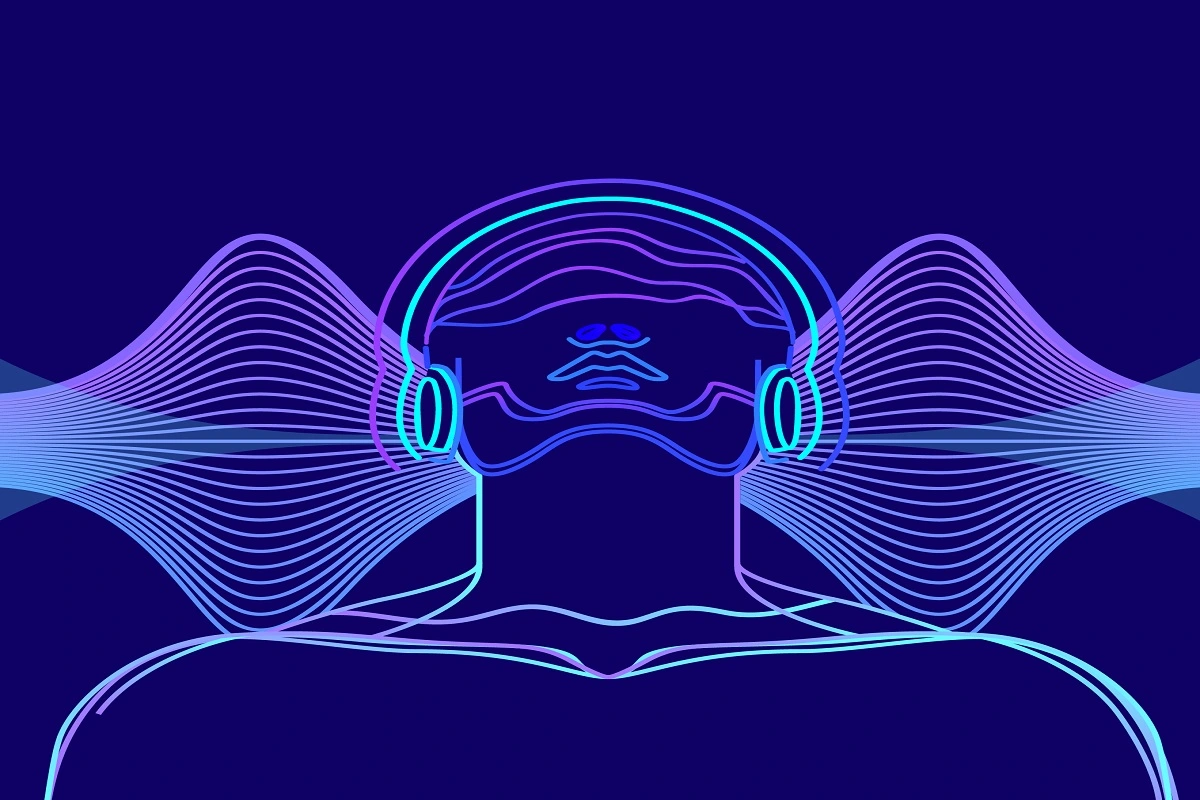
"We've said that focused ultrasound is the most powerful sound you'll never hear, but it could save your life someday."
A brain surgery that does not require an incision or the production of blood but significantly improves the lives of people suffering from essential tremors, depression, and other conditions is currently being tested in clinical trials around the world. The focused ultrasound procedure directs sound waves at specific areas of the brain to disrupt faulty brain circuits that cause symptoms.
“Focused ultrasound is a noninvasive therapeutic technology,” said experts, the Focused Ultrasound Foundation’s founder, and chairman. “We’ve said that focused ultrasound is the most powerful sound you’ll never hear, but it could save your life someday.”
The Experts compare the process to “using a magnifying glass to focus beams of light on a point and burn a hole in a leaf.”
“Instead of using an optical lens to focus light beams, an acoustic lens is used to focus multiple beams of ultrasound energy on targets deep in the body with a high degree of precision and accuracy, sparing the adjacent normal tissue,” he explained.
According to an Insightec spokesperson, served on the board of directors of Insightec, a leading manufacturer of focused ultrasound machines, more than ten years ago. As a result, he owns.03% of the private shares of the company. while talking to the media agencies he said, that the financial aspect of focused ultrasound procedures does not pique his interest.
People suffering from essential tremor, a neurological disorder that causes involuntary and rhythmic shaking, have found the procedure to be extremely beneficial. The disorder can affect almost any body part, but hand tremors are most common — even during simple tasks like eating, drinking, or writing.
How does it work?
Focused ultrasound is a type of functional neurosurgery in which precise structures deep in the brain are targeted in order to change, restore function, or, in this case, stop a tremor. According to experts, it is an alternative treatment for those who, like Hric, do not respond to or stop being affected by conventional medication treatment.
“In a nutshell, you can imagine a bunch of abnormal neurons in this one target firing away uncontrollably, causing the tremor, the shaking,” the experts explained.
Focused ultrasound technology employs a transducer to direct sound wave beams to converge at a single point, raising the temperature and destroying tissue.
Patients must have their heads shaved before receiving high-intensity focused ultrasound, which is required for treating essential tremor because air can sometimes become trapped in hair follicles.
The patient is then subjected to MRI and CT scans, which allow doctors to map the structure of the brain and the target.
The Insightec Exablate Neuro, a focused ultrasound platform, instructs how many beams should be used to perform the treatment, after which neurosurgeons may perform “test shots, just to make sure we’re focused right at the bull’s-eye,” according to Dr. Jeff Elias.
A UVA Health neurosurgeon who treated Hric, is a pioneer in the use of ultrasound waves to treat essential tremors. He led the clinical trials that were critical to gaining regulatory approval for this procedure in the United States in 2011.
“These (test shots) are very low energy, but we want to make sure our treatment is exactly where we want it,” he explained. “This is our opportunity to sight the rifle.”
Hric’s tremor was significantly improved after four 11-second treatment doses. The whole thing took less than two hours, with the majority of it spent mapping the brain and testing the target.
Hric had previously struggled with drawing inside the lines of circles. Focused ultrasound assisted her in coloring within the lines.
Pros And Cons
According to a scientist at Sunnybrook Health Sciences Centre in Toronto and director of the Harquail Centre for Neuromodulation, anyone with an essential tremor diagnosis who is not responding to medications would be eligible for focused ultrasound treatment.
People who are claustrophobic or have metal inside their bodies and are unable to undergo MRI scans are not candidates for focused ultrasound, according to Dr. Noah Philip, a professor of psychiatry and human behavior at Brown University’s Alpert Medical School. Philip is also the VA RR&D Center for Neurorestoration and Neurotechnology’s lead for mental health research.
According to the experts, the benefits of focused ultrasound should be permanent. “If you can destroy the part of the brain that causes the tremor, it should be a permanent effect,” he says. “However, after a year, some of these patients will experience a rebound or recurrence of their tremor, and we don’t know why.”
However, such a return can occur with medication treatment as well, which is why some essential tremor patients seek out focused ultrasounds in the first place.
According to a 2022 study, some patients have experienced the benefits five years after undergoing a focused ultrasound.
The mapping and testing phases of the procedure are critical due to the potential side effects of focused ultrasound. A patient’s balance and stability can be harmed in the long run if the wrong area is targeted or treated excessively.
“The most common risk that we encounter in patients is temporary numbness or tingling in the treated arm or lip area,” experts explained. “Most of the time, that fades away with time.”
Other common, but usually temporary, risks include minor dizziness after the procedure. However, he added, doctors do not use a general anesthetic or hospitalize patients for this procedure.
Also Read: World has no other earth to migrate to: Save Earth, Save Life !
What’s Next
Today, focused ultrasound technology is used in a variety of settings, including clinical trials and regulatory approval. There are more than 170 clinical uses, including neurodegenerative disorders and tumors of the brain, breast, lung, and prostate, among others, and the field is expanding, according to the experts.
“With ultrasound, you can see the effect of the treatment in real-time while it’s being administered, whereas, with radiation, the effect of the treatment is invisible while it’s being administered,” experts explained. “And the effect of radiation takes weeks or months to become apparent.”
According to a small 2020 study led by Lipsman and a team of researchers, use for depression and obsessive-compulsive disorder is on the table. They discovered that focused ultrasound was both safe and effective in alleviating symptoms in people suffering from major depression and OCD. However, more research is required.
According to experts, one limitation of focused ultrasound is that not everyone’s skull is the same size.
“The density of the skull has a significant impact on ultrasound’s ability to travel through it,” .”It’s rare, but there are some patients who, no matter what, we can’t make an effective lesion in the brain. Ultrasound cannot pass through the skull. That is a technical limitation of the technology, on which we are actively working on.”
Although focused ultrasound is not yet available for every condition, experts are optimistic that “medicine’s best-kept secret” will one day become a standard treatment.
“My belief is that in ten years, focused ultrasound will be a mainstream therapy affecting millions of patients worldwide,” said by experts. It will be well received.”
To read more such news, download Bharat Express news apps





















